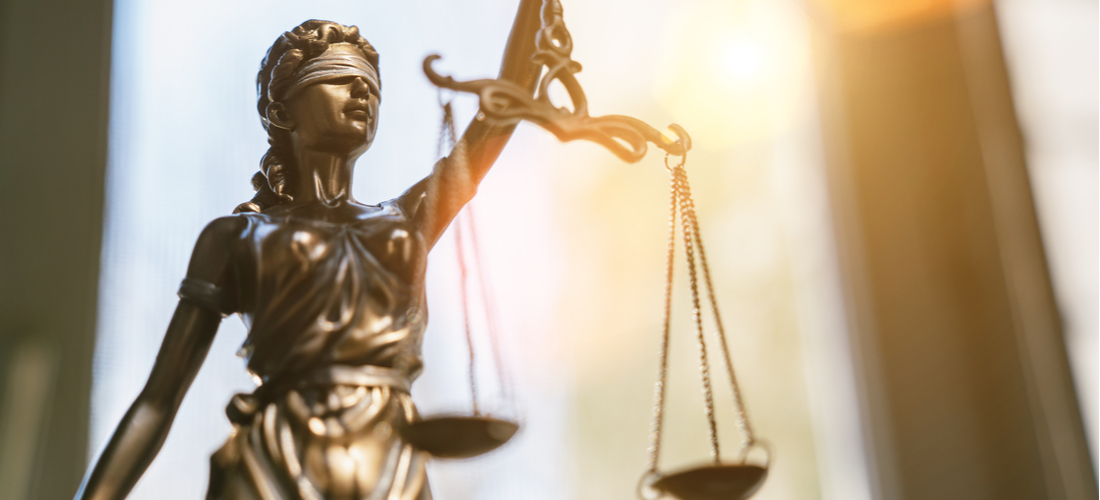A caveat cannot be filed by someone who is completely unfamiliar with the case, Now learn more about the whole filing a caveat petition process
Introduction :
A caveat petition may also be filed by anybody, whether or not a party to the claim, as long as the person filing a caveat has the right to appear before the court in relation to the litigation in question. A third party can also filing a caveat if they are connected to the suit in some way. To summarise, Section 148 is substantive in character, and any individual claiming a right to appear before the Court may file a caveat.
Time Taken for the Process of Filing a Caveat Petition
The caveat remains in effect for 90 days, as specified by the section in clause 5. If an application is submitted within these 90 days, the court, as well as the applicant, must notify the caveator. However, if no caveat is filed within these 90 days, no one is obligated to notify the caveator, and the caveat becomes null and void if the application is filed after the period has expired. If the caveator still wants to be notified, a new caveat for the next 90 days must be filed. Whether Section 148-A of the Civil Procedure Code Applies Petitions under Article 226
It is required to consider Section 141 CPC to determine if Section 148-A CPC applies to writ petitions Filing a caveat under Article 226. The CPC’s suit procedure must be followed, as far as it can be made relevant in all proceedings in any court of civil jurisdiction, according to Section 141. Get know more about Process of filing a caveat petition
In Babubhai Muljibhai Patel v. Nandlal Khodidas Barot, a three-judge bench of the Supreme Court considered whether Section 141 CPC applies to writ petitions filed under Article 226. However, the Supreme Court decided that it is not required for this matter to express a decision on whether the various sections of the Code of Civil Procedure apply to petitions under Article 226 of the Constitution. The wording ‘as far as it may be made applicable’ in Section 141 make it plain that, in applying the various articles of the Code to processes other than those of a suit, the court must take into account the nature of those proceedings and the remedy sought, according to the Court.
The Court went on to say that because the goal of Article 226 is to provide a rapid and inexpensive remedy for aggrieved parties, the entire purpose of this remedy would be destroyed if the procedure for writs under Article 226 was followed. In a case where the petition under Article 226 concerns ‘difficult questions of fact’, the High Court may, in its discretion, either refuse to hear the petition or hear it in accordance with good judicial standards.
| After interpreting the applicable rules of the Kerala High Court, the Kerala High Court decided in K.P. Harikrishnan v. C.K. Jacob[18] that no caveat plea is admissible in proceedings under Article 226 of the Constitution of India. |
| The Kerala High Court’s decision was followed by the Delhi High Court in Deepak Khosla v. Union of India], in which the Delhi High Court went even farther, stating that Section 148-A CPC does not apply to petitions brought under Article 227 of the Constitution. |
| The Rajasthan High Court in H.G. Shankar Narayan v. State of Rajasthan held that Section 148-A CPC would not apply to petitions under Article 226. |
| In Apsara Theatre Bijapur, In re, the Karnataka High Court held that because Rule 39 of Part IV of the High Court’s Writ Proceeding Rules, 1977 provides that the provisions of the CPC will apply to petitions under Article 226 and Article 227, the provisions of Section 148-A CPC and their interpretation will automatically apply to writ petitions. |
| Though the Explanation to Section 141 CPC excludes proceedings under Article 226, the Orissa High Court held in Jogeswar Bhoi v. State of Odisha that the procedure prescribed by the CPC would apply to High Courts exercising jurisdiction under Article 226 not because of any compulsion to do so, but because that procedure accords with the rules of natural justice. |
When the rules of a particular High Court provide for the filing a caveat for petitions under Article 226 of the Constitution, the rules have been deemed to have precedence over the CPC. Some High Courts have kept their regulations for filing caveats in Article 226 petitions. However, the Bombay High Court stated that Section 148-A CPC will not apply to petitions filed under Article 226 by amending the Original and Appellate Side Rules. This disparity between jurisdictions leads to a lack of consistency in practice. As a result, in an appropriate procedure, the Supreme Court must set forth to achieve a particular level of uniformity and consistency. If you have any queries you can reach out to Vakilsearch for legal advice.
Read more:-
Who Can File Caveat Petition Online?








